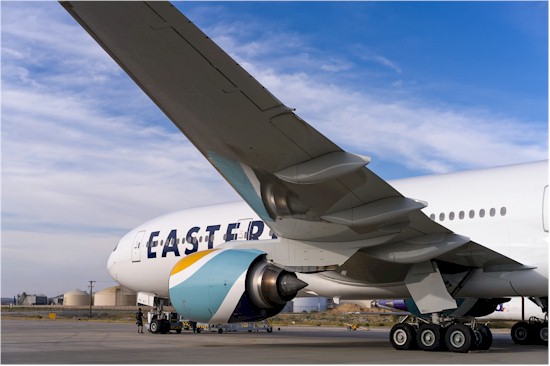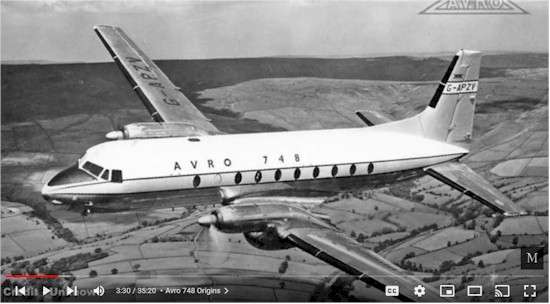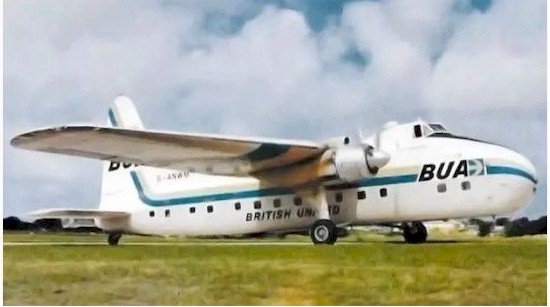|
|
 |
|
Videographer, Ruairidh MacVeigh, has posted this video on the origins of the Avro 748. We take a look at an Avro product which ended up being one of the best-selling British commercial airliners in history, the 748, a twin-engined regional turboprop which prided itself on its short-field performance and incredibly rugged durability which made it a favourite among bush airlines and other carriers operating in the most remote regions of the world. Excerpt from: en.wikipedia.org/wiki/Hawker_Siddeley_HS_748 The Hawker Siddeley HS 748 is a medium-sized turboprop airliner originally designed and initially produced by the British aircraft manufacturer Avro. It was the last aircraft to be developed by Avro prior to its absorption into Hawker Siddeley. Several Canadian airlines have operated the Hawker Siddeley 748 over the years, including Eastern Provincial Airways, Transair, First Air and Air North. A few are still flying as freighters for Thunder Bay, Ontario-based Wasaya Airways and Val d'Or, Quebec-based Air Creebec. |
 |
|
Name this propeller aircraft – |
 |
|
Sky high airport fees. Extracted from an article by Eric Atkins - Transportation Reporter. Toronto Pearson's $40 airport improvement fee for departing passengers is much higher than the standard US$4.50 ($6) at U.S. airports. In addition, the federal government charge for security checks at Canadian airports runs as high as $25.91 per passenger, the standard U.S. rate is just US$5.60 ($7.56). All these costs are ultimately borne by travellers. St. John's raised its fee in 2021 by $7 to $42. The Winnipeg Airports Authority raised its usage charge, called an airport improvement fee, by $13 to $38 in June, 2020. On January 1, 2020, Vancouver raised its airport improvement fee by $5 to $25 for passengers not flying within British Columbia or to Yukon. Then there are the charges passengers do not see but have to cover anyway. These are aeronautical fees airlines pay to airports. They include separate fees for landing, using a gate and a terminal, baggage facilities, air navigation fees, U.S. customs pre-clearance, apron charges and fuel taxes. For instance, Pearson charges Air Canada about $1,500 to land a Boeing 737 Max, $7.49 for every domestic passenger on board and $2.91 for every minute the plane is at the gate. When the per-passenger fees are included, Canadian airport costs are 83 per cent higher per seat than in the United States. Source: Globe & Mail - December 3, 2022 |
You know that indestructible black box that is used on airplanes?
Why don't they make the whole plane out of that stuff?
Anonymous



